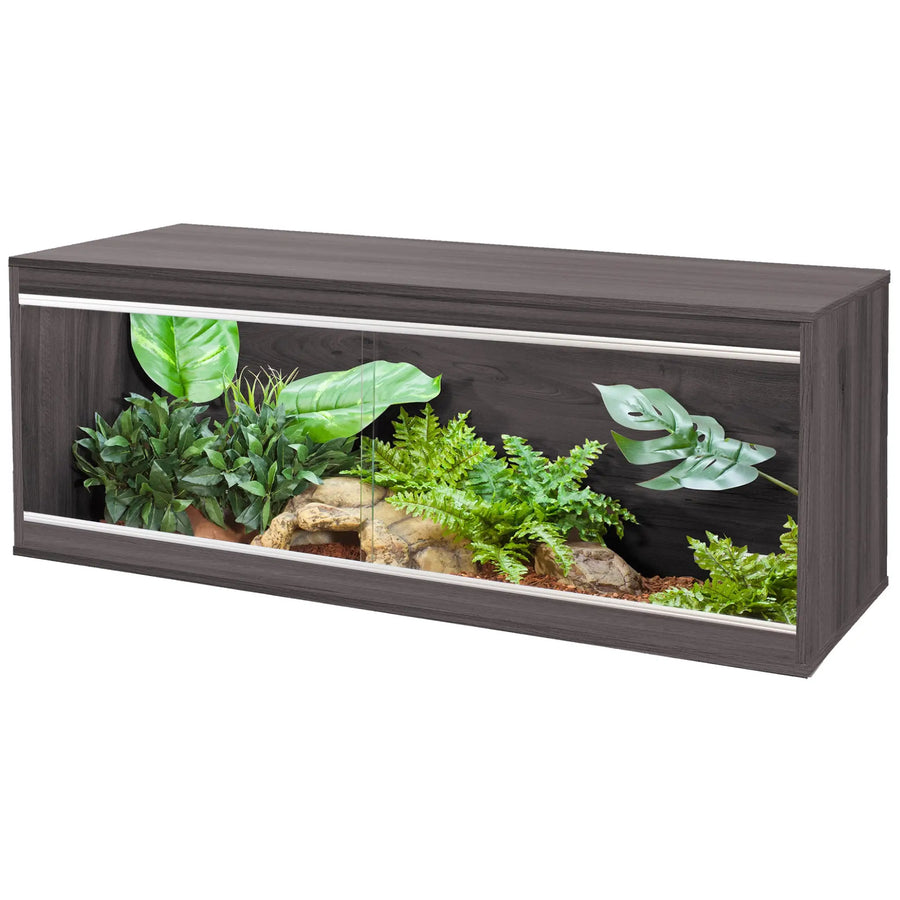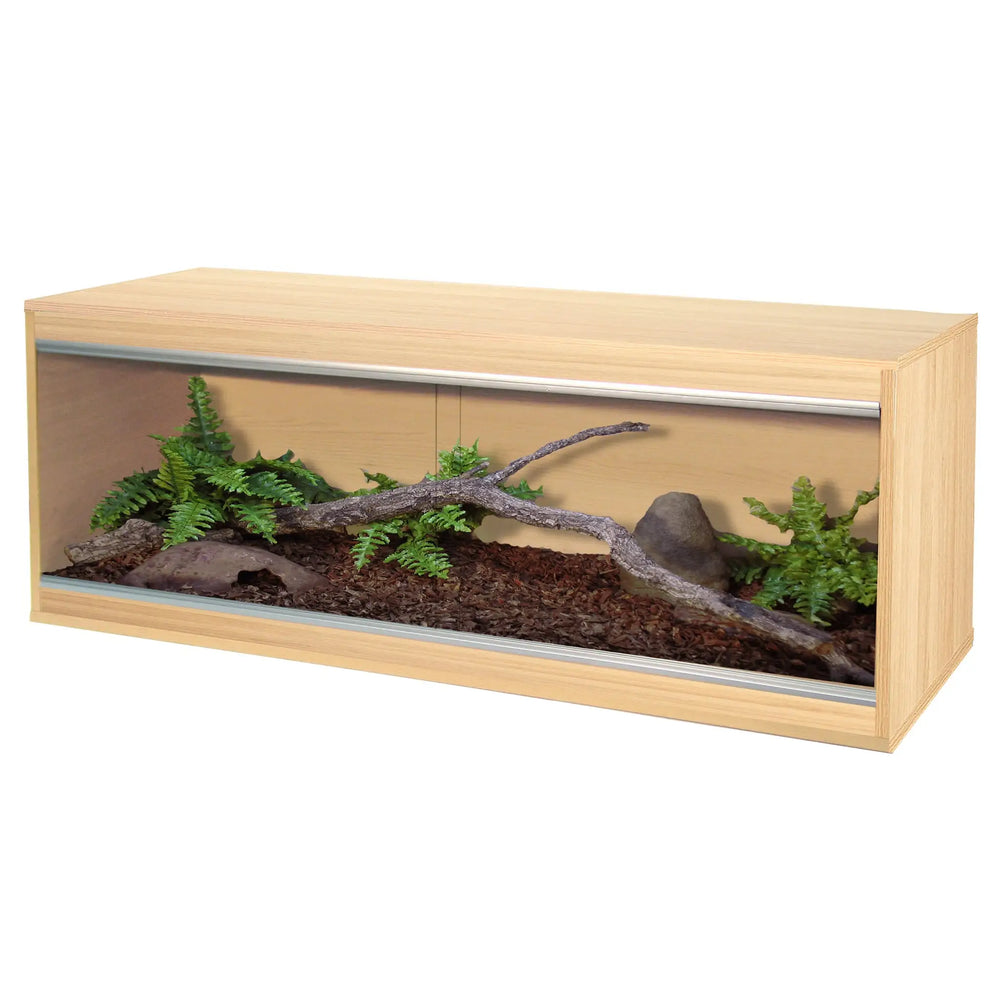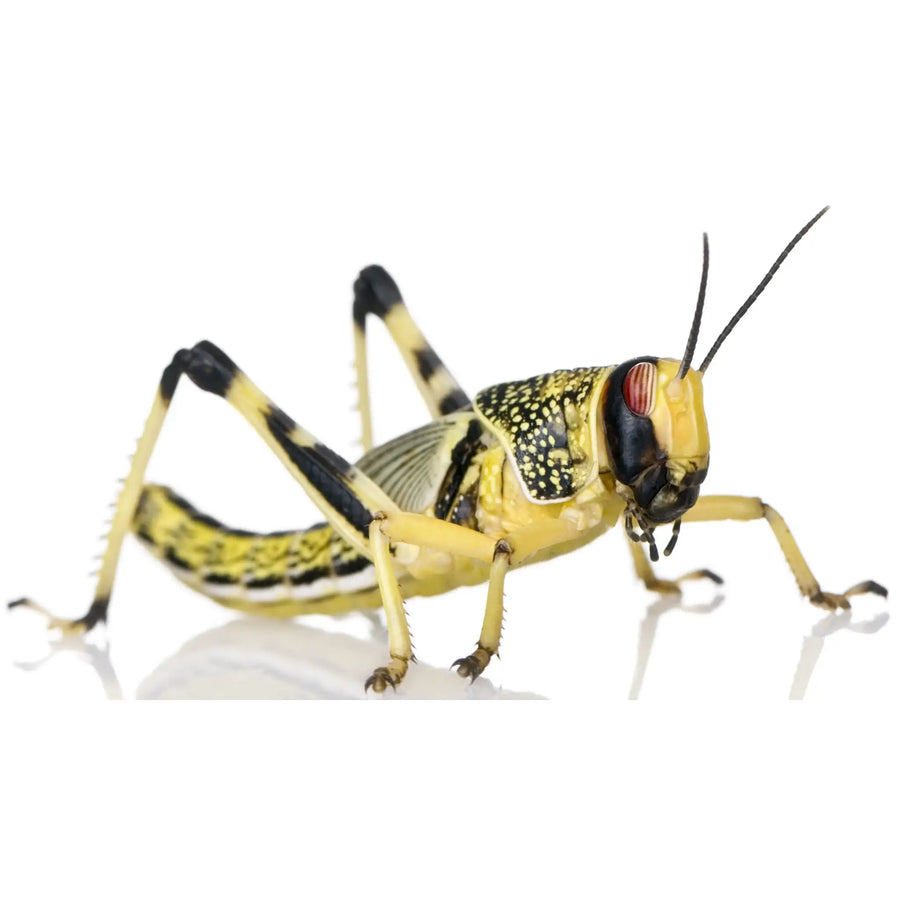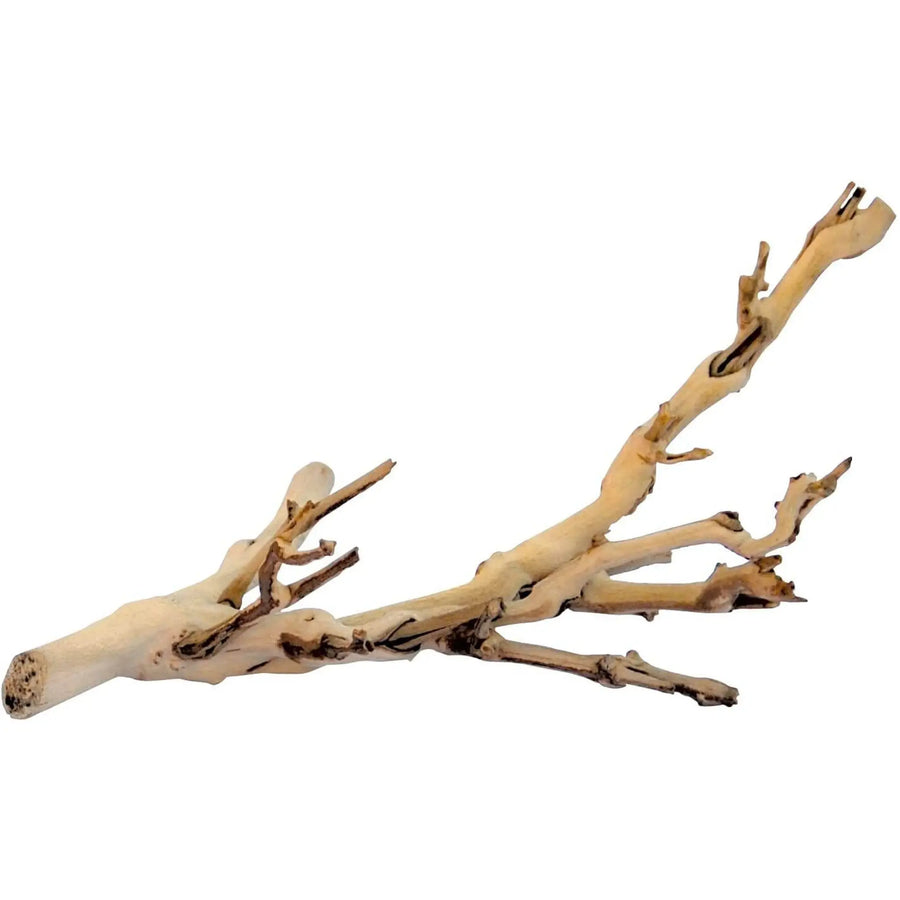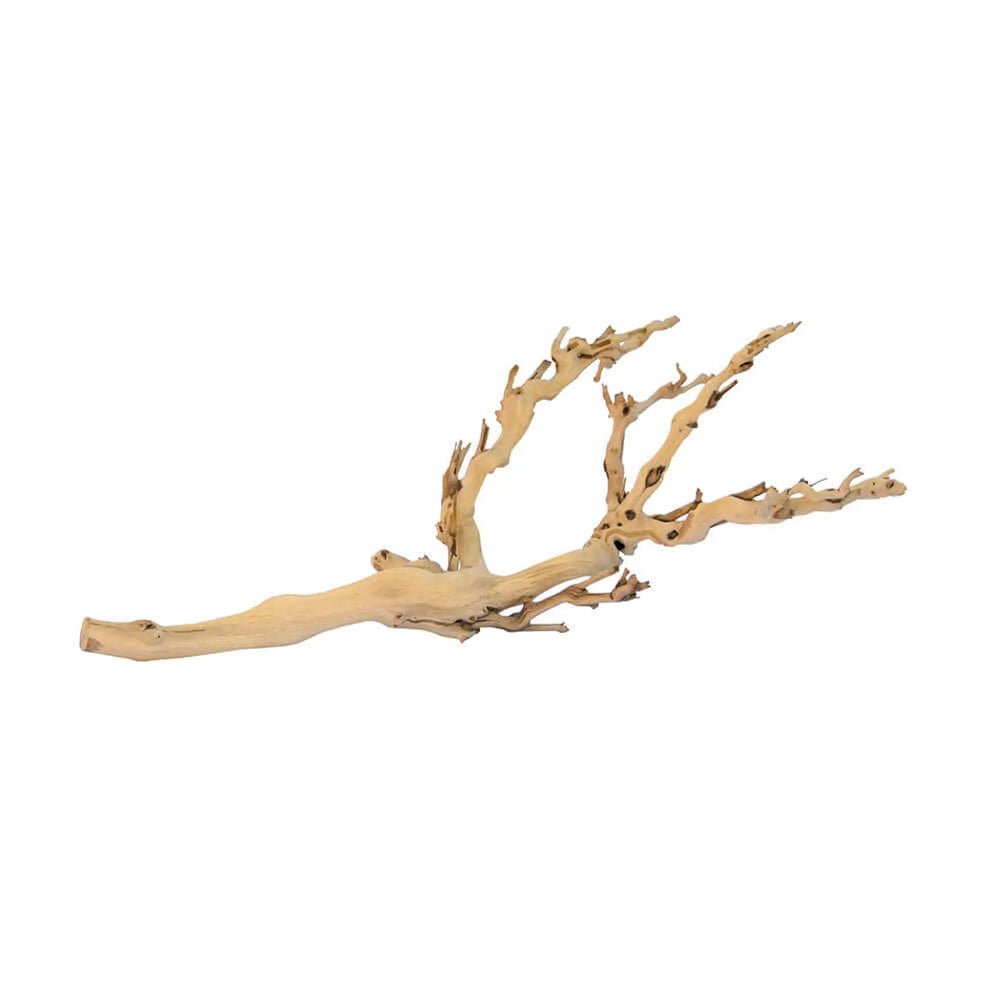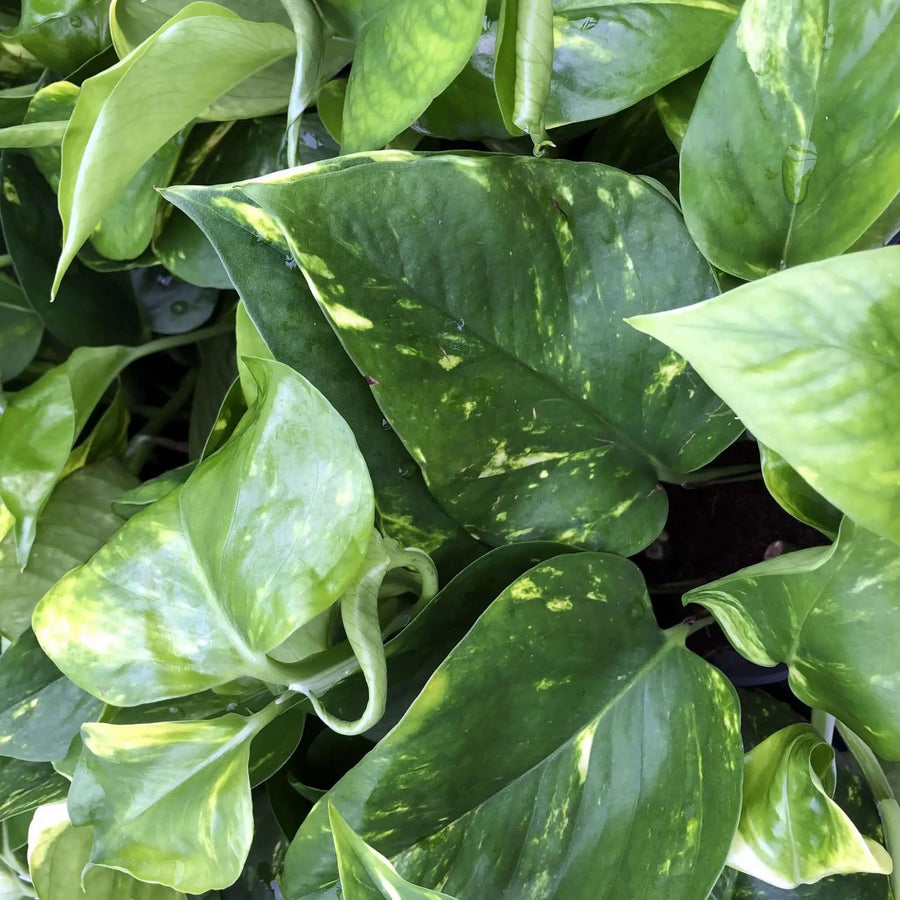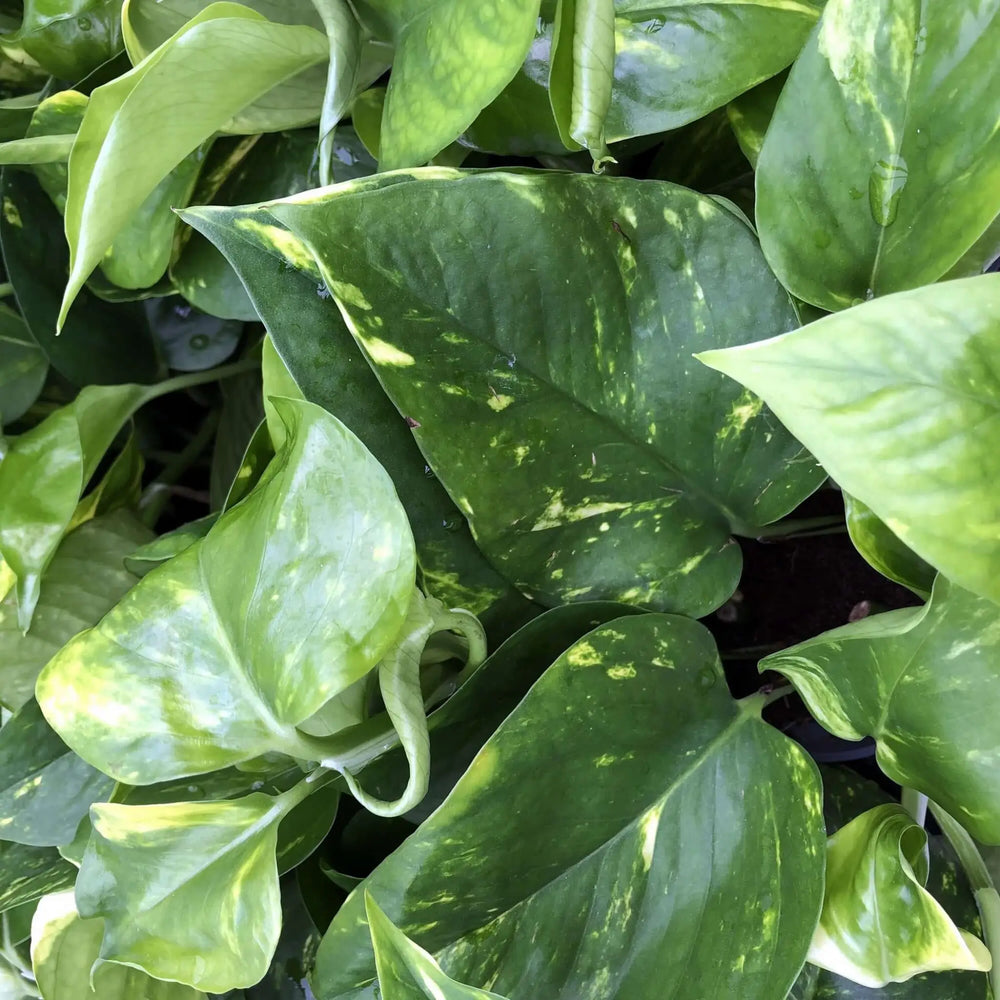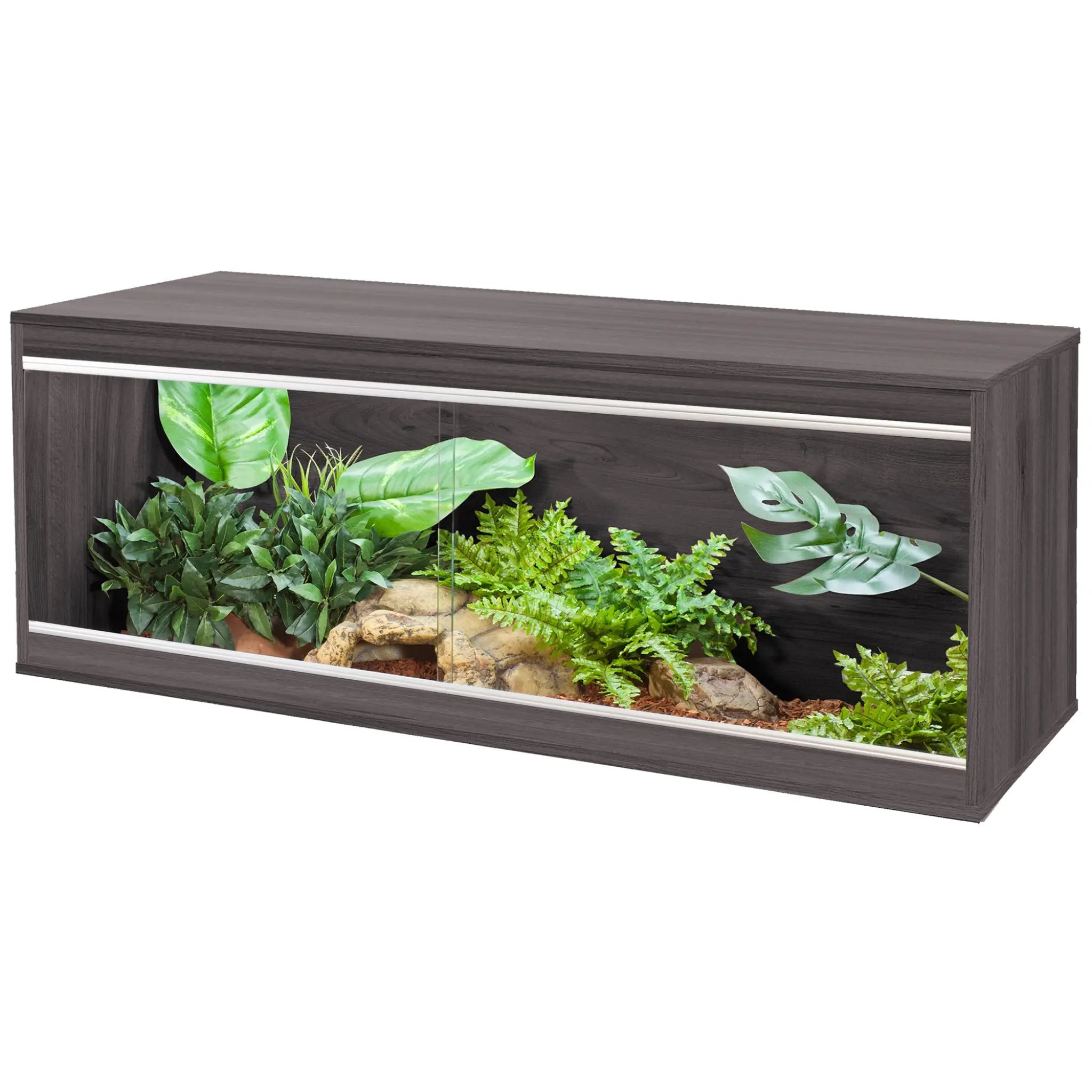
Fancy an unusual pet? How about a Flat Rock Scorpion?
by Luke Tansley on in Scorpions
You’re looking for something different, but you don’t yet know what it is. You know you want a cool new pet, but which one? Northampton Reptile Centre has so many awesome species to choose from. You see millipedes & Praying Mantis but they just don’t strike you as that cool. You see the Bearded Dragons, Leopard Geckos, frogs of various species as well. All the usual suspects, but today your looking for something really different.
You look into the next enclosure and see a background and a hide. Nothing looks to be moving around. Looking down, you read the tag. Flat Rock Scorpion (Hadogenes troglodyte); wait Troglodyte? Wasn’t that a creature from a Dungeons & Dragons Game? You stare intensely at the hide, and then you see it. It’s one of the strangest looking creatures you’ve ever seen.
At first glance, most people see the Flat Rock Scorpion as a flattened Emperor Scorpion (Pandinus imperator). While the Flat Rock Scorpion is not as rare as it once was in the industry, it’s still not an everyday species. Most keepers that have them generally recommend them to only advanced keepers, who’ve had experience with keeping other scorpions. They are considered a delicate species. However, there’s no reason why someone new to the Arachnid hobby would have trouble keeping them. If you’re willing to dedicate the time and resources then you’d be a perfect candidate to keep one of these interesting creatures and even potentially breed them.
Creating a Home
For any species of reptile, amphibian, or invertebrate pet, we find it best to give them the closest possible environment that resembles their wild environment. The reason for this is simple; it elicits behaviors that are not seen in a sparsely decorated enclosure with just a water bowl. To recreate their natural environment I recommend that you use something like an Exo Terra Small Terrarium.
The first thing to tackle, when it comes to Flat Rock Scorpion’s captive care is substrate. To recreate the natural environment of this African scorpion, that’s native to areas known as Bushveldts, we need first to identify what a Bushveldt is. Bushveldts are savanna areas which have soil types considered to be coarse and sandy. In order to give the scorpion a feeling of home we mix 3 parts washed sand to 1 part sterile soil (like Spider Life). The soil allows for some humidity, that the scorpion requires for proper health conditions. This humidity, in the wild, comes from the 4 to 8 months of rainfall common to the area.
From the limited reports of their wild habitats, we have been able to assess, that the Flat Rock Scorpion lives its entire life at the bottom of granite and sandstone hills. These hills are constantly splitting and cracking due to changing weather conditions. Adults and babies are usually found in separate areas on the same hill and do not compete for resources. This can be recreated with the use of rocks and caves in the terrarium.
The substrate should be at a depth of 3″-4″ in total. Lighting per se is not a requirement for any scorpion species or arachnids for that matter. If you plan on adding live plants, then I would definitely use a plant grow bulb to simulate natural sunlight for the plants. I would also use an inexpensive timer to place the light on a regular schedule of daytime that matches the daylight cycle of your area.
Another lighting element that can be used with all scorpion species is a black light. For whatever reason, black lights cause all scorpions to fluoresce an eerie bluish green colour. Why this happens is still unknown to science, but it does make for a very interesting terrarium look when the scorpion is out and about wandering at night!
Feeding of the Flat Rock Scorpion is the same as it is for most other arachnid species. Feed only 2-3 appropriate size crickets per week. Babies will eat pinhead size crickets (micro crickets), while adults will consume full grown crickets.
As with any creature we keep in captivity today they all have certain water requirements. For Flat Rock Scorpions I provide a shallow water dish with a few pebbles in it to keep any uneaten crickets from drowning in it and fouling the water. The dish provided should be low enough to allow the scorpion to crawl onto and drink the water without submerging itself completely. Once a week or so I would also recommend misting the enclosure lightly with reverse osmosis or demineralized water. The reason for using these waters is that they won’t leave water mineral spots on the enclosure glass which are seen when normal tap water is used. Light misting refers to maybe a couple of passes with a spray bottle just enough to moisten the substrate but not wet enough to have a layer of water sitting on the substrate. Some scorpions that I have kept will not drink from the dish but will instead drink from the water sprayed in the enclosure.
Maintenance of the enclosure itself consists of removing fecal material as it is seen. Monthly, dump the entire substrate out and clean the entire enclosure with a safe disinfectant. Wash out the enclosure with the solution and then rinse it out repeatedly until you can no longer smell disinfectant. Replace the substrate and decor and your all set.
While the Flat Rock Scorpion is considered a delicate species, it will bring many years of enjoyment to the new and old arachnid keeper who is interested in more unusual species. It’s not as hard to maintain as some may think it is. Follow the outlined care above and enjoy this species as a new addition to your home.
Note from Gary: In the UK you may also need a small heat mat to achieve a temperature between 75-85 oF.


